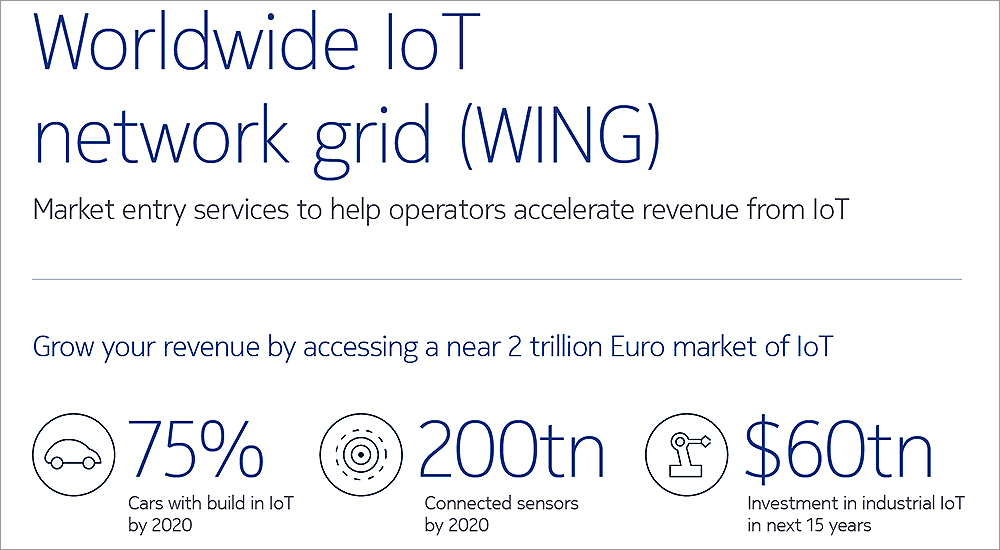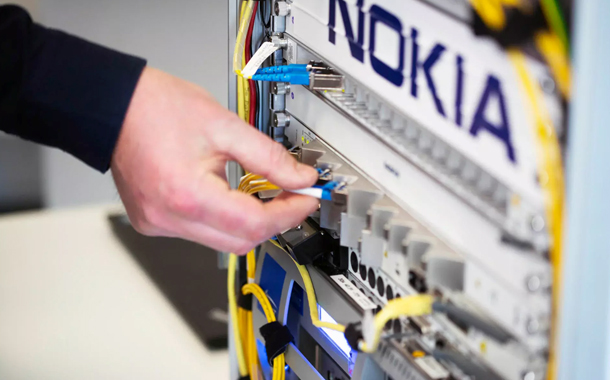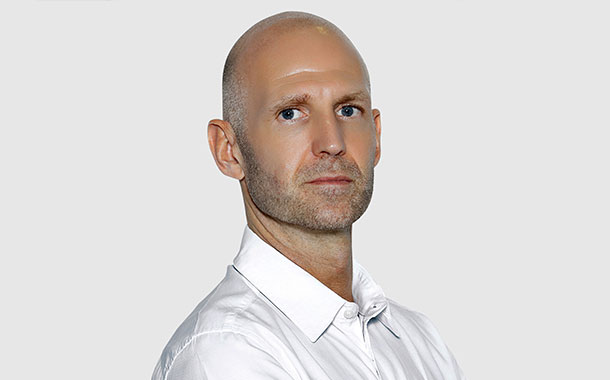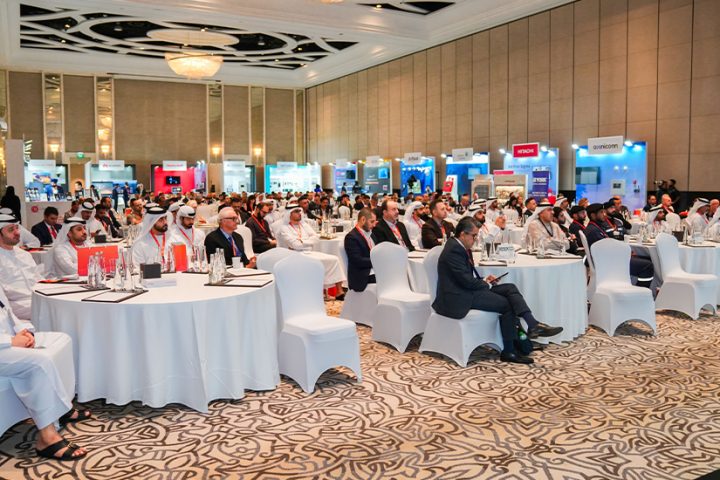Nokia launched off-the-shelf Internet of Things packages to help operators win new business in vertical IoT markets. In addition to enabling operators to achieve a fast time to market, the packages simplify the set-up and operations of enterprise IoT services. Built on the Nokia Worldwide IoT Network Grid WING infrastructure that provides the necessary global IoT connectivity and services support, the applications include IoT sensors, user applications and business models suited to specific sectors. Nokia WING’s managed service approach also offers a pay-as-you-grow business model, giving operators the flexibility to quickly scale up IoT services as required.
The new market-ready solutions for WING eliminate the challenges facing operators developing their own IoT services. These include the need for specialised expertise, the complexities of combining fragmented IoT connectivity infrastructure and the risk and effort of setting up and working with multiple service providers globally. Nokia works with best-in-class partners on Nokia WING vertical applications portfolio and continues to develop the IoT ecosystem.
https://youtu.be/RjnHmkcWF5c
The four new solutions announced by Nokia include:
Smart Agriculture as-a-Service
Sensors capture environmental, soil and crop data that is then analysed to provide insights that help farmers manage crops more effectively, potentially saving costs on irrigation, pesticides and fertilizers.
Livestock Management as-a-Service
Tracking devices and biosensors monitor animal health and welfare to provide ranchers with early alerts if abnormalities are detected, protecting valuable livestock and improving yields.
Logistics as-a-Service
IoT sensors enable tracking of the global movement and condition of goods through the complete supply chain to help enterprises instantly identify incidents and even predict future events to optimise delivery and logistics process efficiency.
Asset Management as-a-Service
Connecting products anywhere in the world enables their status and performance to be monitored centrally, helping enterprises provide a better service to their business and consumer customers.
Nokia is trialing Agriculture as-a-Service with an African operator and working with a leading services and consulting firm on Asset Management as-a-Service to help them offer more advanced services.




Brian Partridge, Vice President, 451 Research, said: “Nokia addresses a wide spectrum of challenges through its WING IoT infrastructure-as-a-service so its early traction with customers is not a surprise. Most telecom operators desire a more prominent role in the IoT value chain that builds upon secure and reliable domestic or global connectivity. Nokia’s announced plans to offer end-to-end vertical applications on top of the WING global infrastructure is a logical next step. We believe that this approach benefits Nokia’s WING telecom customers and the enterprises they serve in addition to vertical application partners who can benefit from WING’s market scale and go-to market channels.”
Ankur Bhan, Global Head of WING Business at Nokia, said: “The IoT is a growing opportunity for operators to win new enterprise customers and significant additional revenue in a diverse range of vertical markets. With minimal upfront investment, an operator can now quickly get a service to market and generate IoT revenues. We expect these vertical solutions to encourage more operators to connect to Nokia WING, expanding its global footprint and broadening the range of capabilities and services that will become available. We already have several more vertically-focused as-a-Service packages in the development pipeline.”
Key takeaways
Strategy
- WING eliminates the challenges facing operators developing their own IoT services.
- Need for specialised expertise, complexities of combining fragmented IoT connectivity infrastructure, risk and effort of working with multiple service providers globally.
Execution
- Nokia works with partners on WING vertical applications and continues to develop the IoT ecosystem.
Cash
- WING’s managed service approach offers pay-as-you-grow business model, giving operators flexibility to scale up IoT services.



















